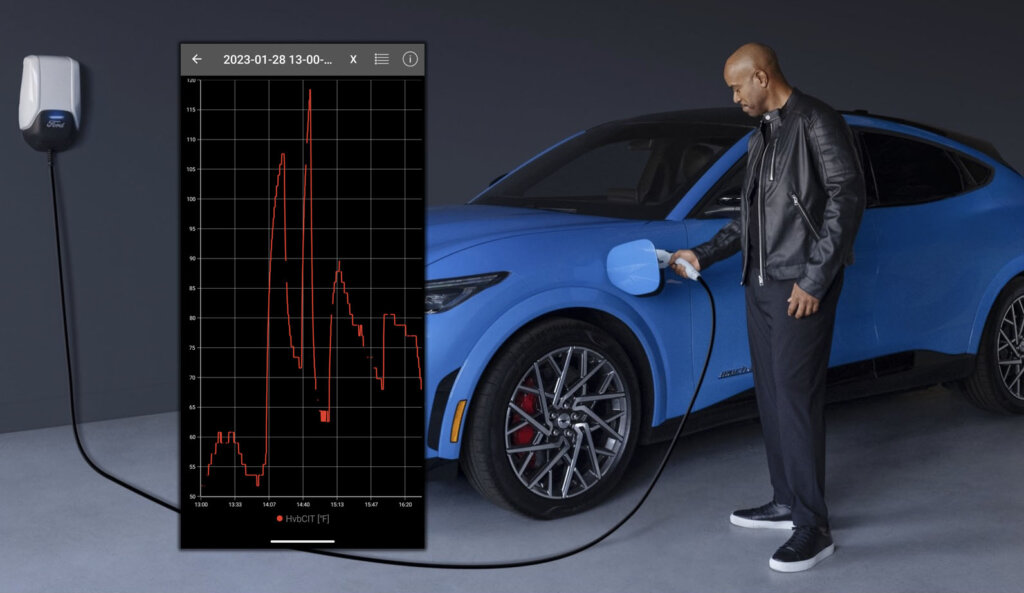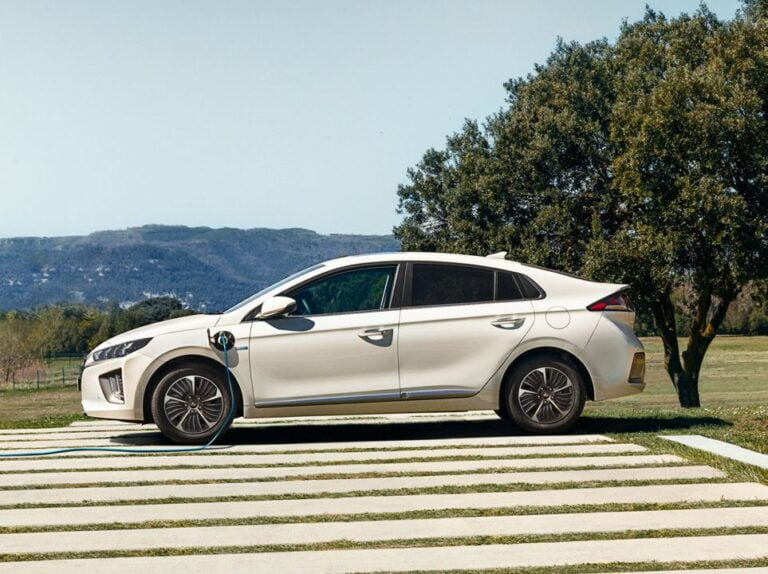What is Tesla Battery Preconditioning???
During the winter months and when you arrive at a Supercharger, preconditioning can be used to improve charging performance. By warming or preconditioning your batteries, you can reduce charging time by 25% with a 120 kW charger and 50% with a 250 kW system. If you have a gas motorcycle with a 12-volt lithium battery, you may need to turn on the headlight for 30 seconds to wake up the battery from hibernation if it fails to start in the winter months. This is because the headlight preconditions or warms up the battery, allowing you to start the motorcycle.
In short words: it’s basically warming up your Tesla car battery before charging, so the battery can get a faster charger and driving can be smoother.
Why EV Battery Preconditioning???

Preconditioning can be utilized to enhance charging performance during the winter months or when arriving at a Supercharger. By warming or preconditioning your batteries, you can reduce the charging time by 25% with a 120 kW charger and by 50% with a 250 kW system. If you own a gas motorcycle with a 12-volt lithium battery, you may need to wake up the battery from hibernation by turning on the headlight for 30 seconds if it fails to start in the winter months. This is because the headlight warms or preconditions the battery, allowing you to start the motorcycle.
It’s important to note that there is an ideal temperature for charging. The primary concern during charging is the heat generated by charging losses, which can raise the temperature above the optimal level, decreasing both maximum charging speed and pack lifespan.
Read More: Tesla to Offers Wireless EV Charging Options?
However, the battery may often be below the optimal temperature under certain driving conditions, limiting the charging rate until it can be warmed up. The Supercharger 3.0 upgrade not only changes the cable and other hardware but also analyzes the pack temperature and increases it while approaching the charging point to allow for a faster ramp-up. This process is similar to how the car warms the pack on a cold day to enable full regenerative braking. However, the SpC 3.0 rate is higher, and the optimal temperature range is narrower.

